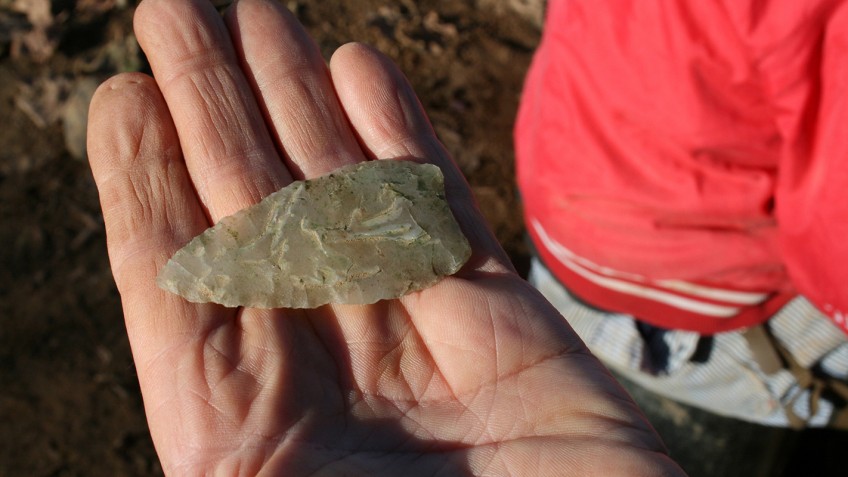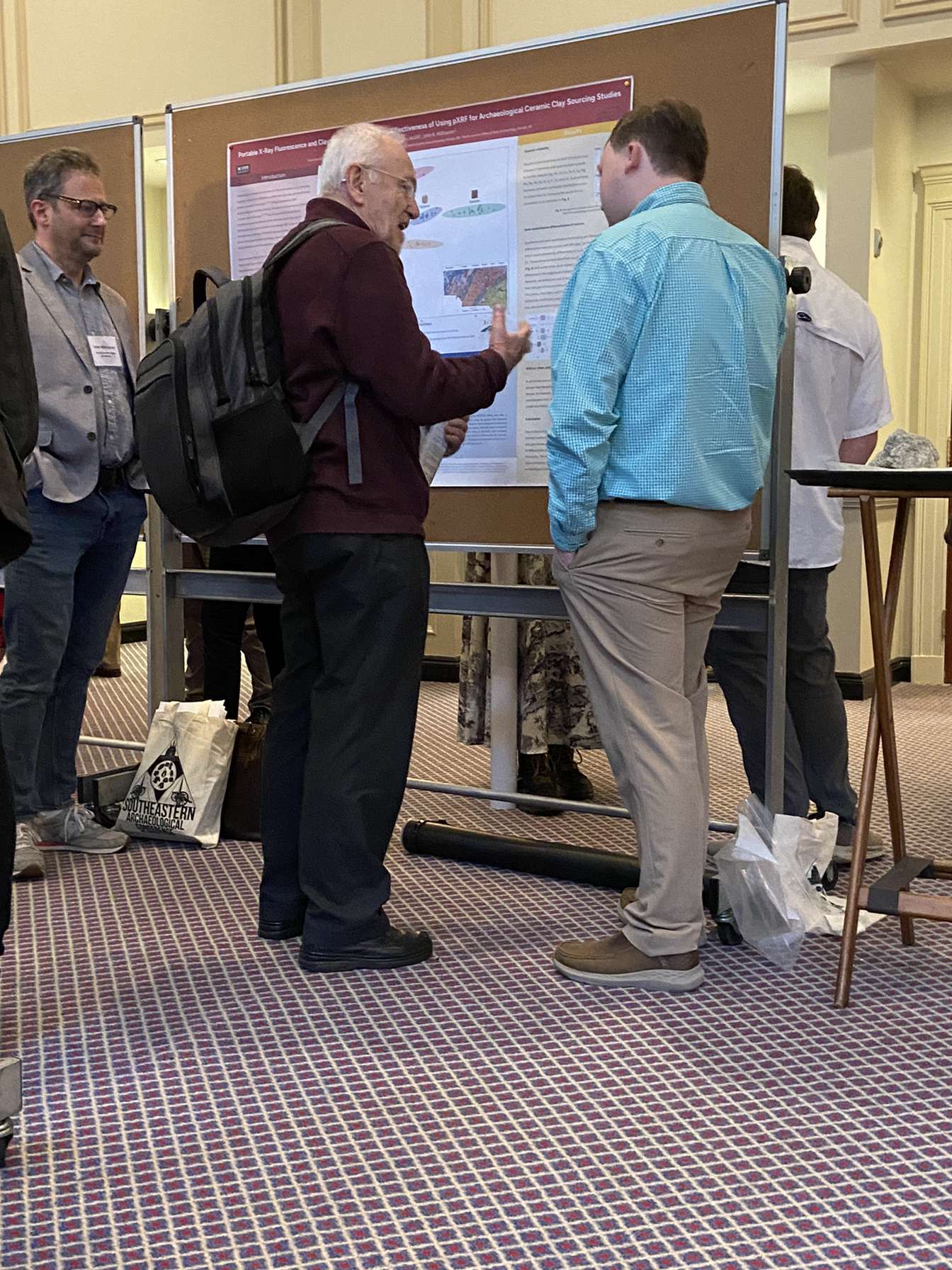The Archaeology of Prehistoric Climate Change

The following excerpt is a guest post by Joseph Gingerich, postdoctoral teaching scholar in the Department of Sociology and Anthropology. Dr. Gingerich is an archaeologist, National Geographic Explorer, and Research Associate with the Smithsonian Institute. Click here for the full article at NC State News.
Over the past several decades, scientists have become increasingly concerned about the effects of climate change on the modern world. Archaeologists are among these scientists, and have long been concerned about the effects of past climatic events, especially how these events may have influenced human decision-making processes. While human actions in the past may not always be applicable to the present, knowledge of past climatic change and its severity in terms of its effects on certain areas, river systems, or coastlines can inform our expectations of future events.
At the end of the last Ice Age, North America experienced an interval of rapid climate change.
By 15,000 years ago, temperatures rapidly warmed as glacial ice sheets from the last Ice Age in North America melted. This warming trend saw a brief stasis of a couple thousand years – which is brief in geologic terms — and then a reversal around 12,900 years ago, reverting back to near Ice Age conditions for several hundred years. By 11,500 years ago, temperatures reached near modern temperatures and became more stable, at least in comparison to previous millennia.
- Categories:


